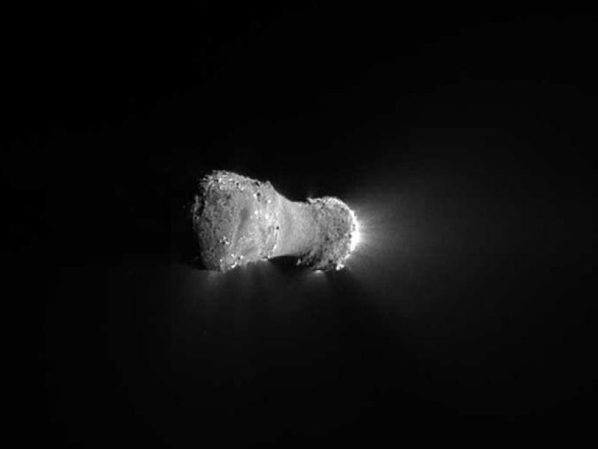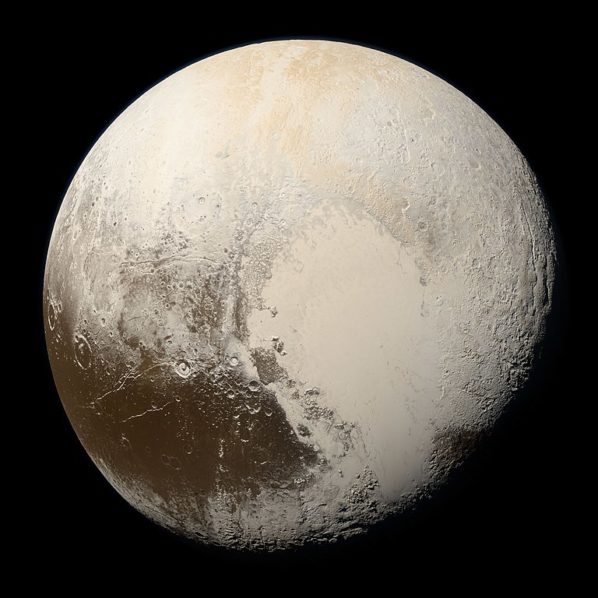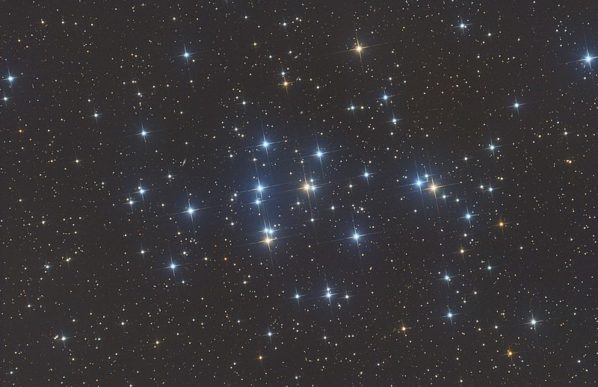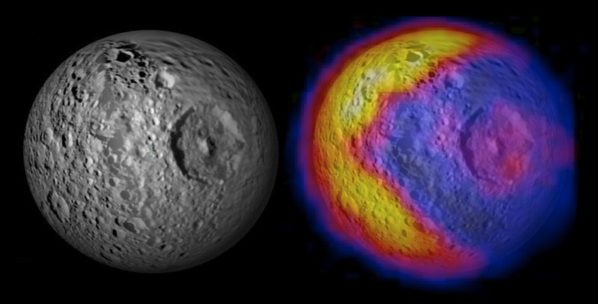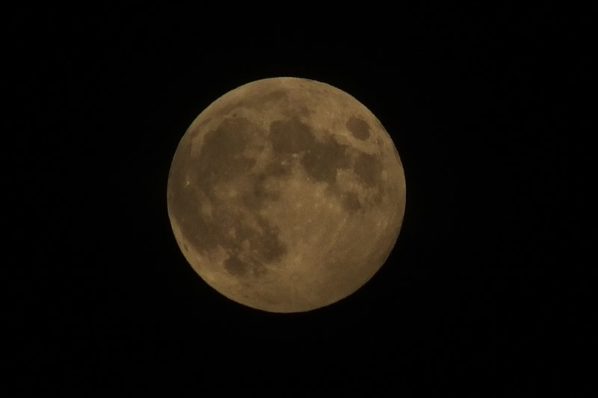5 Signs That Your Dog Is Fatigued and Stressed
Sometimes, it's hard to know why your dog keeps acting a certain way, so paying attention is important. Learn five signs that your dog is fatigued and stressed.
Stargazing Calendar for September 2023
This month, the night sky beckons with a captivating celestial lineup. Look forward to the intriguing dance of planets in conjunctions, the mesmerizing streaks of meteors during showers, and Venus radiating at its brightest. Don't miss the chance to witness Comet Hartley 2's close encounter or the majesty of the 47 Tuc globular cluster. The September sky promises a celestial spectacle for all to enjoy!
How To Manage Biohazards in the Workplace
Working with biohazardous materials poses a significant risk to health and safety. Learn how to manage biohazards in the workplace to prevent accidents.
Is ChatGPT Ready to Be Your Virtual Fitness Coach?
AI fitness coaching lacks real-time correction. While convenient, personalized AI plans can't replace the hands-on guidance and community of fitness classes.
Stargazing Calendar for August 2023
Get ready for a celestial spectacle in August! This month promises a series of exciting events in the night sky, including many conjunctions, meteor showers, and oppositions of asteroids and Saturn. Whether you're a seasoned stargazer or a curious observer, there's plenty to look forward to in the awe-inspiring cosmic events unfolding above us.
The Role of Internal Pipe Coating in Different Industries
Industries can use coatings to improve heavy machinery and pipelines. Here are the effects internal pipe coatings have on different industries.
Why Evenly Distributing Weight in Your Vehicle Is Important
Explore the key benefits of evenly distributing weight in your vehicle, including improved handling, tire preservation, and enhanced fuel efficiency.
Exploring Jinyun County – A Hidden Gem Near Shanghai
Jinyun County: Hidden Gem near Shanghai. Hiking, temples, transformed quarries and rich cultural heritage. Live performances and unique architecture.
Stargazing Calendar for July 2023
Get ready for a month filled with celestial wonders! In July, Mercury transitions in the sky, Venus and Mars dance closely, and comets reach perihelion and perigee. Don't miss the supermoon, many conjunctions, asteroid 15 Eunomia and Pluto at opposition, three meteor showers, and other breathtaking events. Grab your telescope and prepare for a dazzling show in the night sky throughout the month of July.
Important Precautions for Working Safely on Cars at Home
Master your mechanical skills from your house! But first, you must remember to implement these important precautions for working safely on cars at home.
5 Reliable Ways To Make a City More Inclusive
For social development and performance, cities must focus on everyone’s needs and offer solutions. Learn five reliable ways to make a city more inclusive.
Stargazing Calendar for June 2023
Hello fellow stargazers! June offers a range of astronomical events, including Mars and M44's close approach, many conjunctions, and asteroid Parthenope at opposition. Meteor showers like the Daytime Arietids and June Bootids also grace the sky. Don't miss them!
PPE for Metalworking: Basics You Need To Know
When it comes to safety, even the simplest tips are essential. Brush up on your metalworking safety with these basics you need to know about PPE.
5 Common Electrical Problems in a Warehouse
Awareness is the best way to have a safe workplace, especially with open areas and machinery. Learn five common electrical problems in a warehouse.
What You Should Replace After Buying a Used Car
It’s wise to replace some parts immediately after purchasing a used car. Improve your used car instantly by replacing the parts on our list.
5 Reasons Why You Should Hire the Right Long Distance Mover
Relocate with ease! Hire a reliable long distance mover to handle the stress, save time, protect your assets, and ensure a smooth transition.
Saturn’s Moon Mimas Looks Like Pac-Man In Infrared
In an earlier article we have showed you how Saturn's moon Mimas totally looks like the Death Star from the Star Wars movies. Now it seems that Mimas also looks like Pac-Man from the 1980s video game when seen in infrared.
Are Electric Cars Actually Worth the Price?
Deciding to get an electric car is a big life decision. We’re here to help you decide if the price of one is worth it to you (here’s a hint, it probably is).
Stargazing Calendar for May 2023
Hello fellow stargazers! This month the big event will be a penumbral lunar eclipse, but there are also two meteor showers, two comets at perihelion, many conjunctions, and one near-Earth object making a close approach to Earth.
Easy Ways You Can Lower Your Home’s Carbon Footprint
Lower your home's carbon footprint with LED lightbulbs, solar panels, and reducing reliance on HVAC. Small changes can make a big environmental impact.


